When it comes to cookware, safety is a top priority. Aluminum cookware has been a staple in many kitchens due to its affordability, lightweight nature, and even heat distribution. But over the years, there has been some debate surrounding its safety. Is aluminum cookware harmful? Does it pose any risks to health? In this article, we'll dive into the details and clear up some common myths about aluminum cookware.
The Safety Debate: Is Aluminum Safe for Cooking?
1. Aluminum and Health Risks:
Aluminum is a metal that occurs naturally in the environment, and we are exposed to small amounts of it daily through food, water, and air. In the past, there have been concerns linking aluminum exposure to Alzheimer’s disease, kidney problems, and other health issues. However, research has shown that the amount of aluminum we typically ingest through food or cookware is very small and does not pose significant risks to our health.

2. Anodized Aluminum Cookware:
One of the most common types of aluminum cookware is anodized aluminum. This cookware is treated with an electrochemical process to create a durable, non-reactive surface. Anodizing aluminum makes it harder and more resistant to scratching, which in turn helps reduce the amount of aluminum that might leach into food. Since anodized aluminum cookware has a protective layer, it is generally considered safe for cooking and is more durable than regular aluminum.
3. Uncoated Aluminum Cookware:
While anodized aluminum is considered safe, uncoated aluminum cookware (such as some traditional pans and pots) can react with acidic foods, like tomatoes and vinegar. This can cause a reaction that may result in a metallic taste in food and may cause small amounts of aluminum to leach into your meals. However, the levels of aluminum that might transfer to food are still very low, and the overall health risk is considered minimal.

Aluminum vs Stainless Steel Cookware
| Feature | Aluminum Cookware | Stainless Steel Cookware |
|---|---|---|
| Weight | Lightweight, easy to handle | Heavier, more difficult to handle |
| Heat Conductivity | Excellent, heats evenly and quickly | Poor heat conductivity, requires a core (like aluminum or copper) to improve heat distribution |
| Durability | Prone to scratching and wear over time | Very durable, scratch-resistant, rust-resistant, long lifespan |
| Reactivity | Uncoated aluminum may react with acidic foods, altering flavor | Non-reactive, safe for all types of food, including acidic foods like tomatoes and citrus |
| Ease of Cleaning | Easy to clean, but uncoated aluminum can stick and discolor | Easy to clean, usually dishwasher safe |
| Price | Relatively inexpensive | More expensive |
| Heat Stability | May warp under high heat | Does not warp, suitable for high-heat cooking |
| Maintenance | Requires careful maintenance, especially if not anodized | Requires little maintenance, but should be kept scratch-free |
| Suitable for Cooking | Suitable for most foods, but should avoid long-term use with acidic foods | Suitable for all foods, including acidic ones |
| Price Range | Budget-friendly, great for those on a budget | Higher-end, good for long-term investment |
| Corrosion Resistance | Uncoated aluminum can corrode over time | High corrosion resistance, stainless steel is very resistant to rust |
If you prioritize lightweight and even heat distribution, aluminum cookware is a great option. However, if you prefer durability, high-heat cooking, and long-term use, stainless steel cookware may be the better choice.

Ceramic vs Aluminum Cookware
| Feature | Ceramic Cookware | Aluminum Cookware |
|---|---|---|
| Material | Made from clay, coated with a ceramic glaze. | Made from aluminum, often coated with non-stick or anodized. |
| Heat Conductivity | Heats evenly but can take longer to warm up. | Heats quickly and evenly. |
| Durability | Less durable, can chip or crack under high heat or impact. | Durable, but can be prone to scratching or denting. |
| Non-Stick Properties | Often non-stick, making it easier to clean. | Many aluminum cookware sets are non-stick, but not all. |
| Weight | Generally lightweight and easy to handle. | Very lightweight, especially if anodized aluminum. |
| Reactivity | Non-reactive, safe for cooking acidic foods. | Can react with acidic foods unless anodized or coated. |
| Toxicity | Free from chemicals like PTFE and PFOA, safer option. | Some low-quality aluminum may react with food, but anodized is safe. |
| Oven Compatibility | Can be oven-safe, depending on the brand. | Typically oven-safe if anodized, but check manufacturer guidelines. |
| Maintenance | Needs gentle cleaning, avoid abrasive tools. | Can be cleaned with most tools but may scratch over time. |
| Price | More expensive, especially for high-quality brands. | Generally more affordable, though premium options exist. |
| Environmental Impact | Often considered more eco-friendly, especially if uncoated. | Less eco-friendly unless anodized, which extends lifespan. |
The Best of Both Worlds: Aluminum Cookware with Ceramic Coating and Iron Base
So, what’s the ultimate cookware combination? By merging the lightweight and even heat conduction properties of aluminum with the eco-friendly, non-toxic ceramic coating and a durable iron base, you get the best of all worlds.
Combining the benefits of aluminum cookware—lightweight, excellent heat conductivity, and affordability—with the superior non-stick properties of ceramic coating, the Ciarra Gadgets ceramic-coated cookware is truly outstanding. It not only reduces the need for oil but also ensures a healthier and more eco-friendly cooking experience.

Ciarra's ceramic coating is made without PFOA, cadmium, or lead, making it safer for both you and the environment. What's even better is that it features an advanced sol-gel 'ceramic' non-stick coating, which has been proven to last 37 times longer than traditional ceramic non-stick coatings. While most non-stick pans last only 2-3 years before the coating starts to wear off, Ciarra's coating stands the test of time, offering long-lasting performance.

Therefore, combining the advantages of aluminum cookware (lightweight, excellent heat conductivity, and affordability) with the benefits of ceramic coating (outstanding non-stick properties, reduced oil usage, and safety), Ciarra’s cookware is an exceptional choice. Whether you're a cooking enthusiast or a home chef, this cookware is an investment worth making for its versatility and durability in the kitchen.
Ciarra Gadgets offers a variety of products to suit your cooking needs, including:
Saute Pan: Perfect for sautéing, browning, and searing with a wide, flat surface.
Frying Pan: Ideal for frying, scrambling, and browning, with a non-stick surface for easy cooking and cleaning.
Dutch Oven: A versatile, heavy-duty pot for braising, slow cooking, and baking, designed for even heat distribution.
Saucepan: Perfect for boiling, simmering, and making sauces, with a convenient lid for easy cooking.
Choose the right Ciarra gadget to elevate your cooking experience!
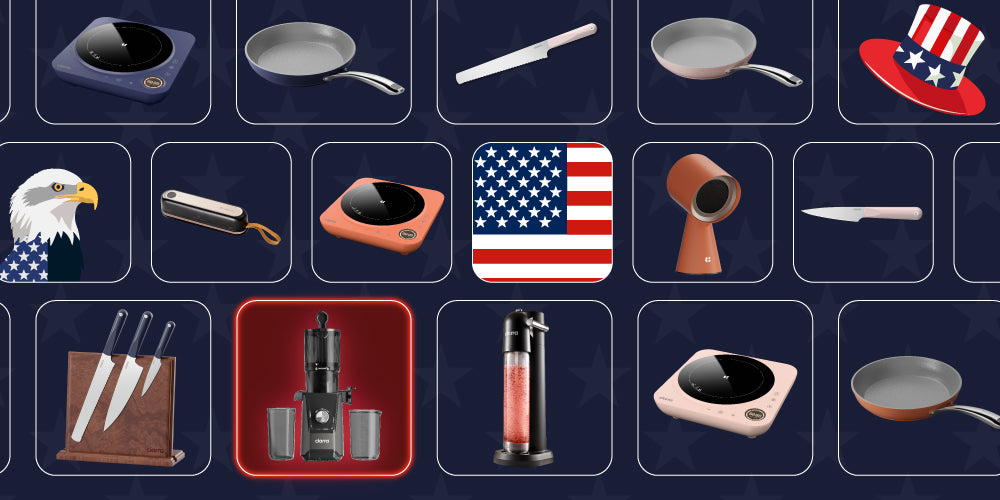
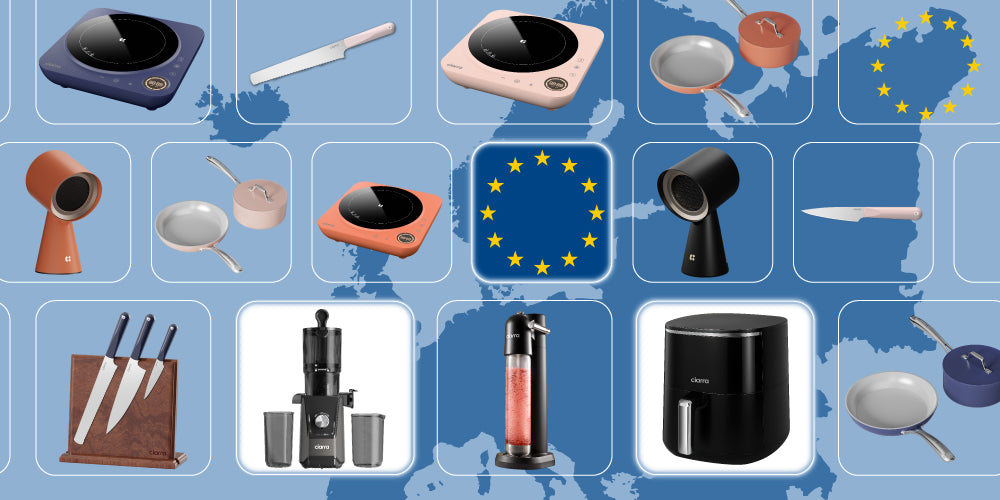
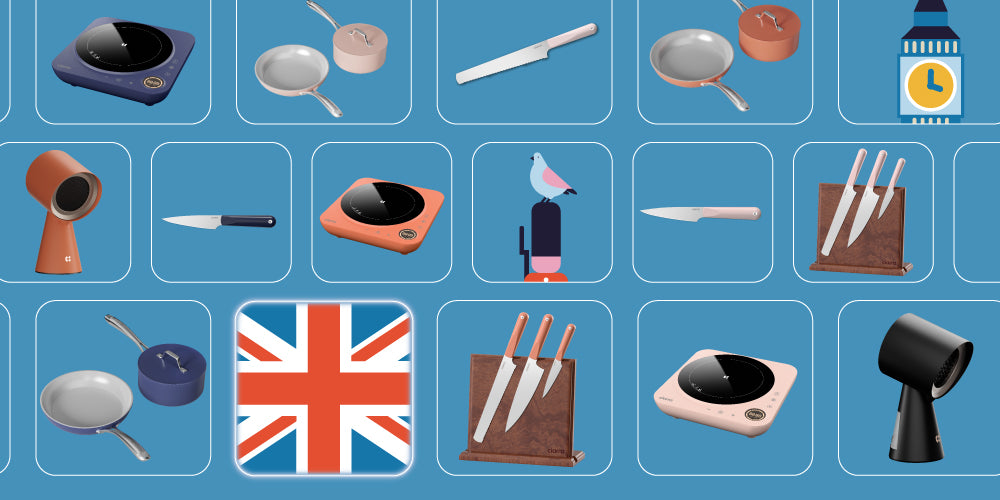
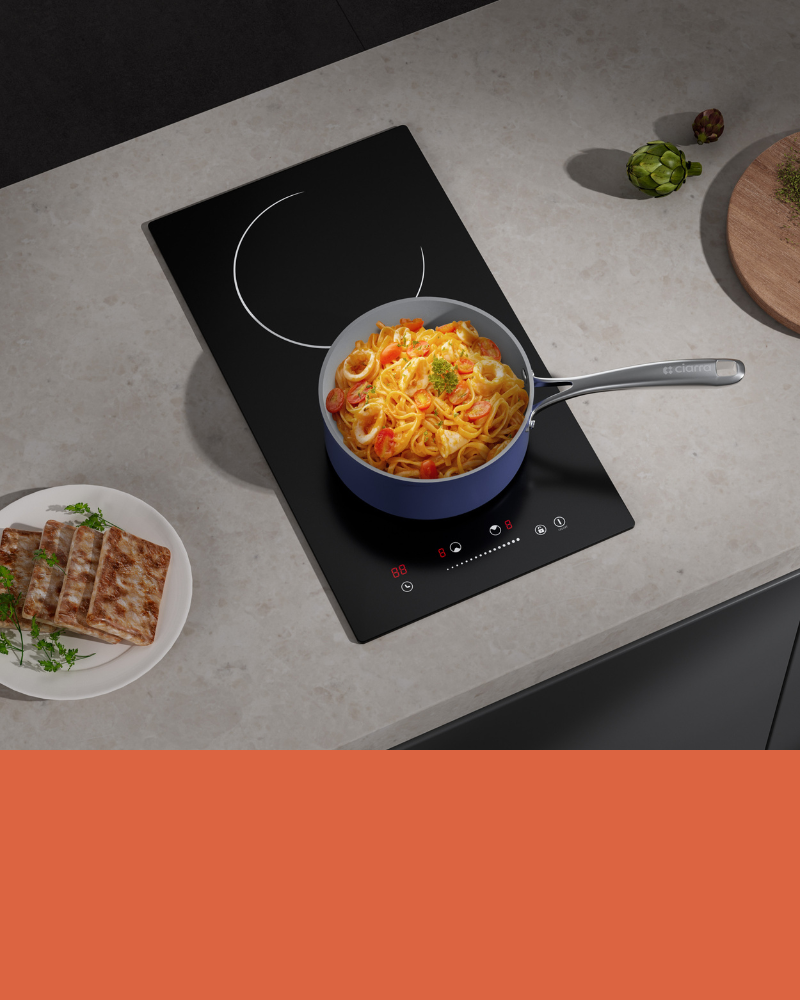
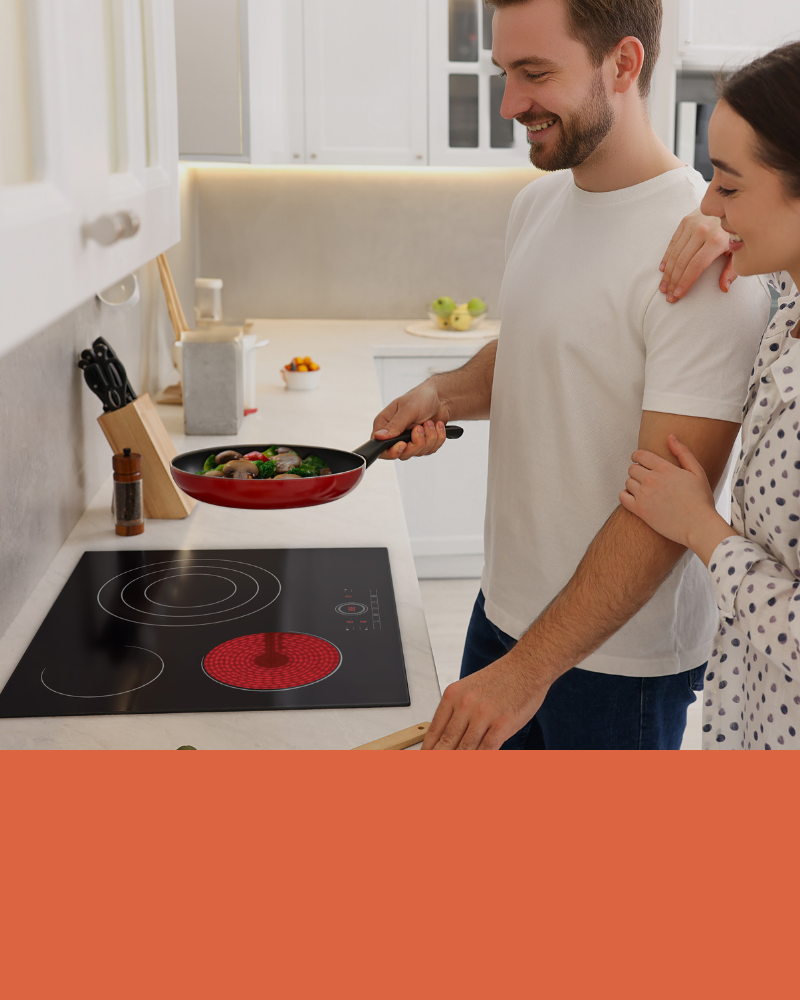
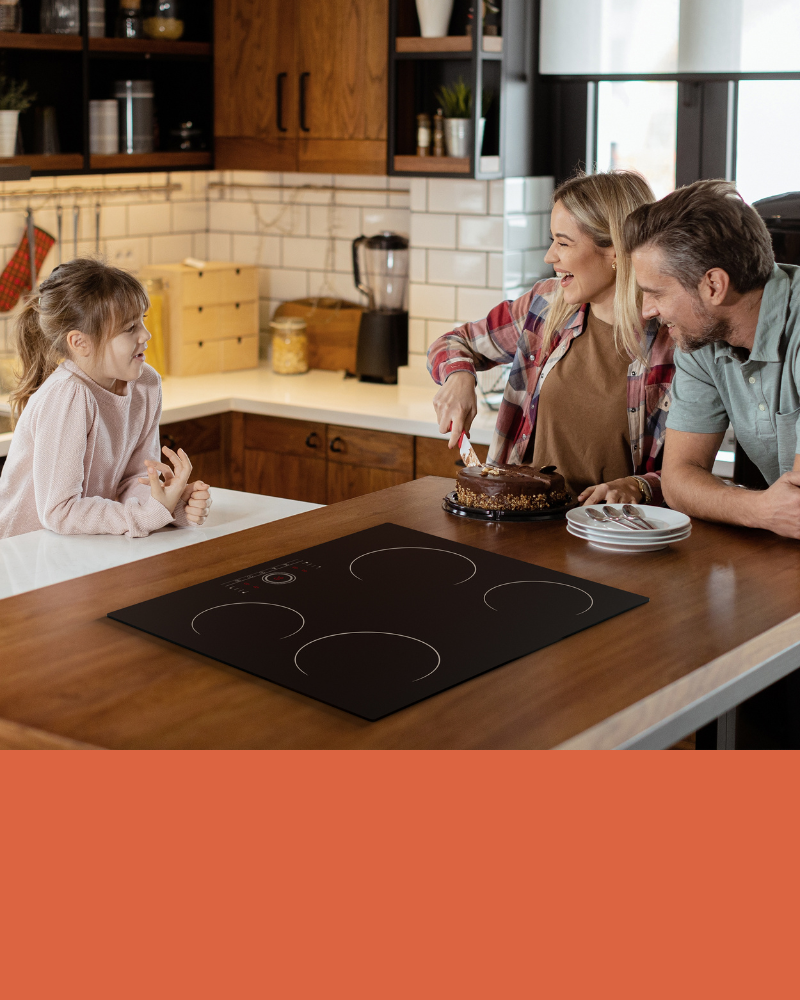
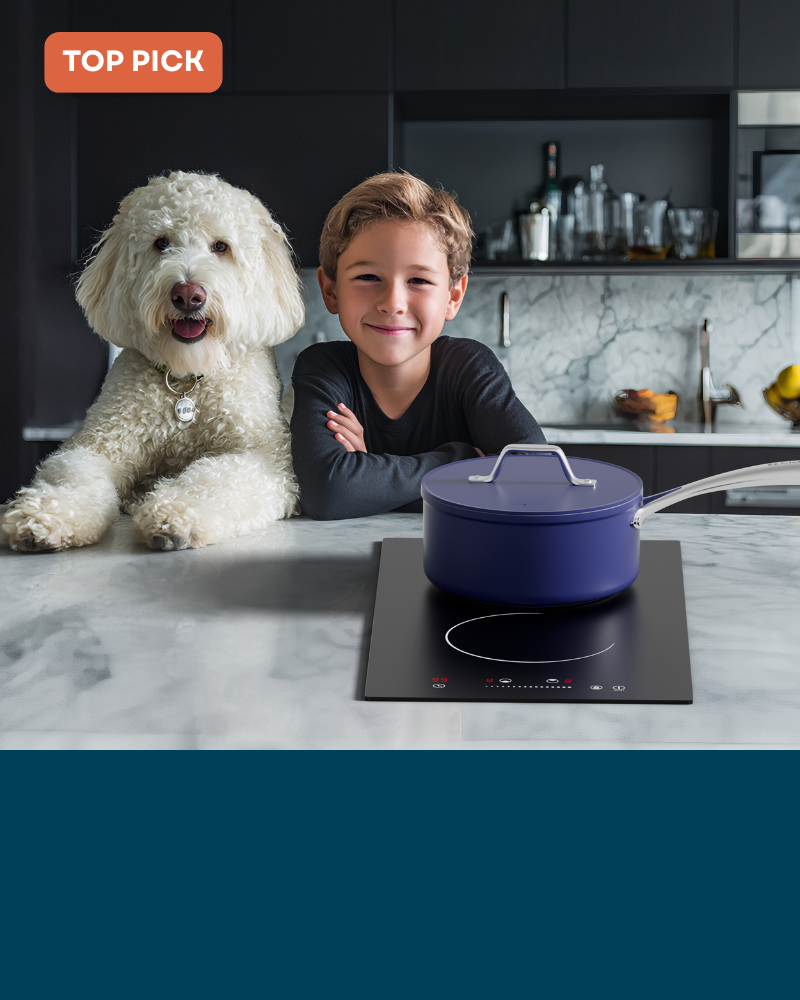
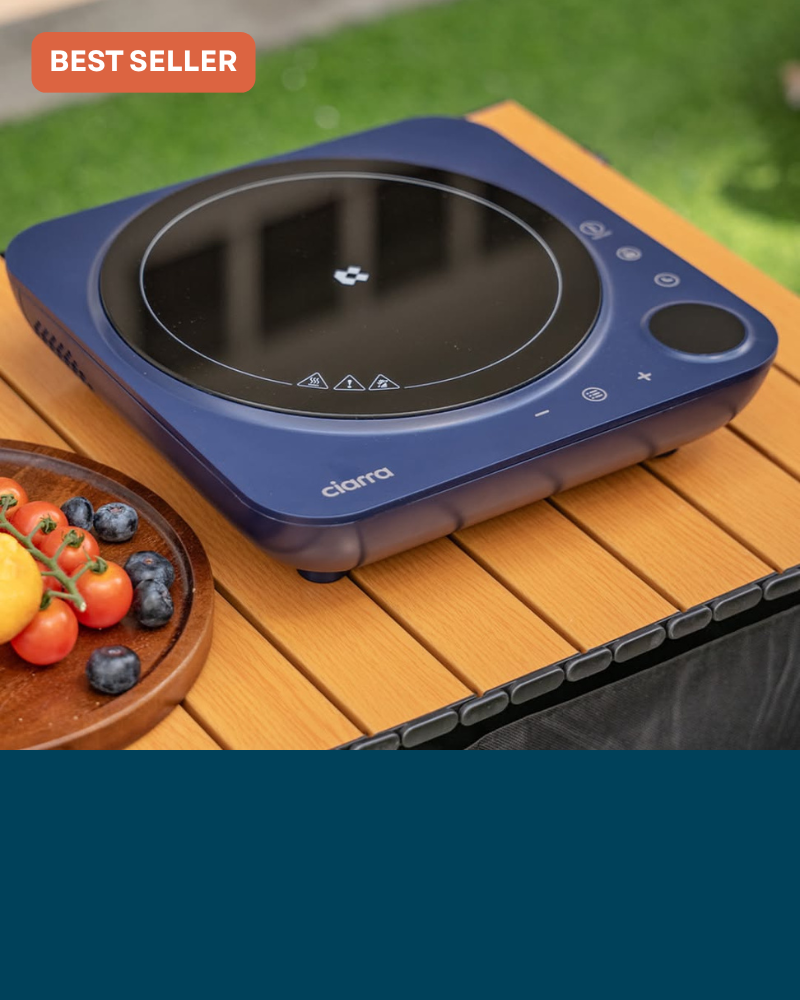
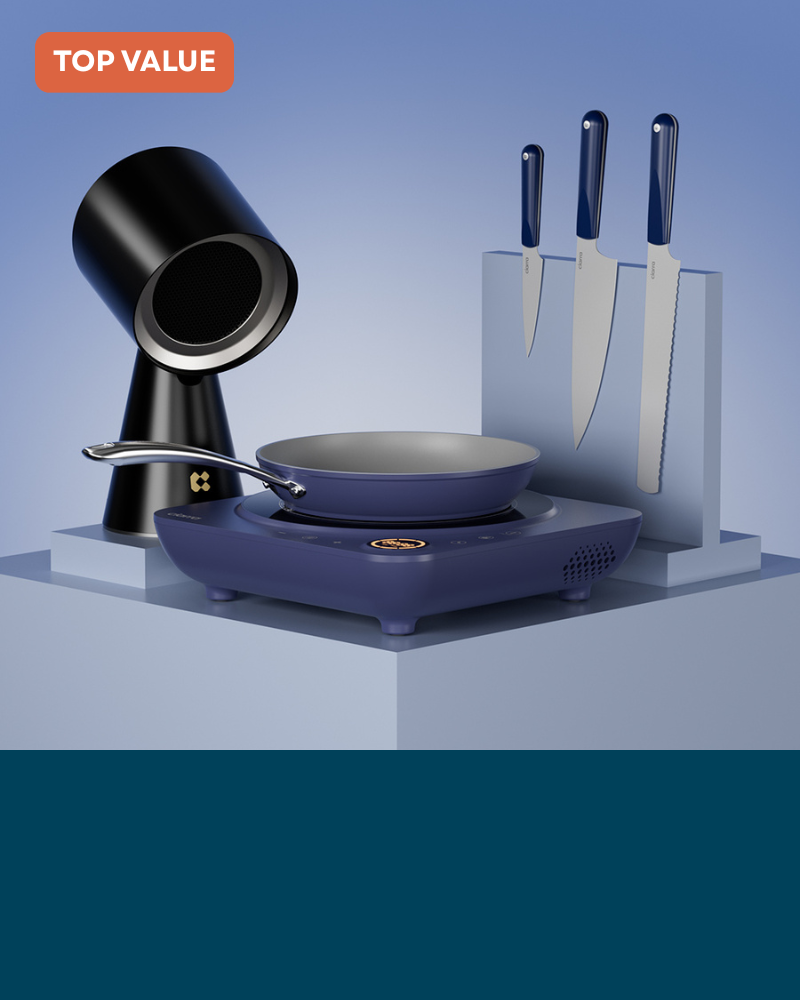
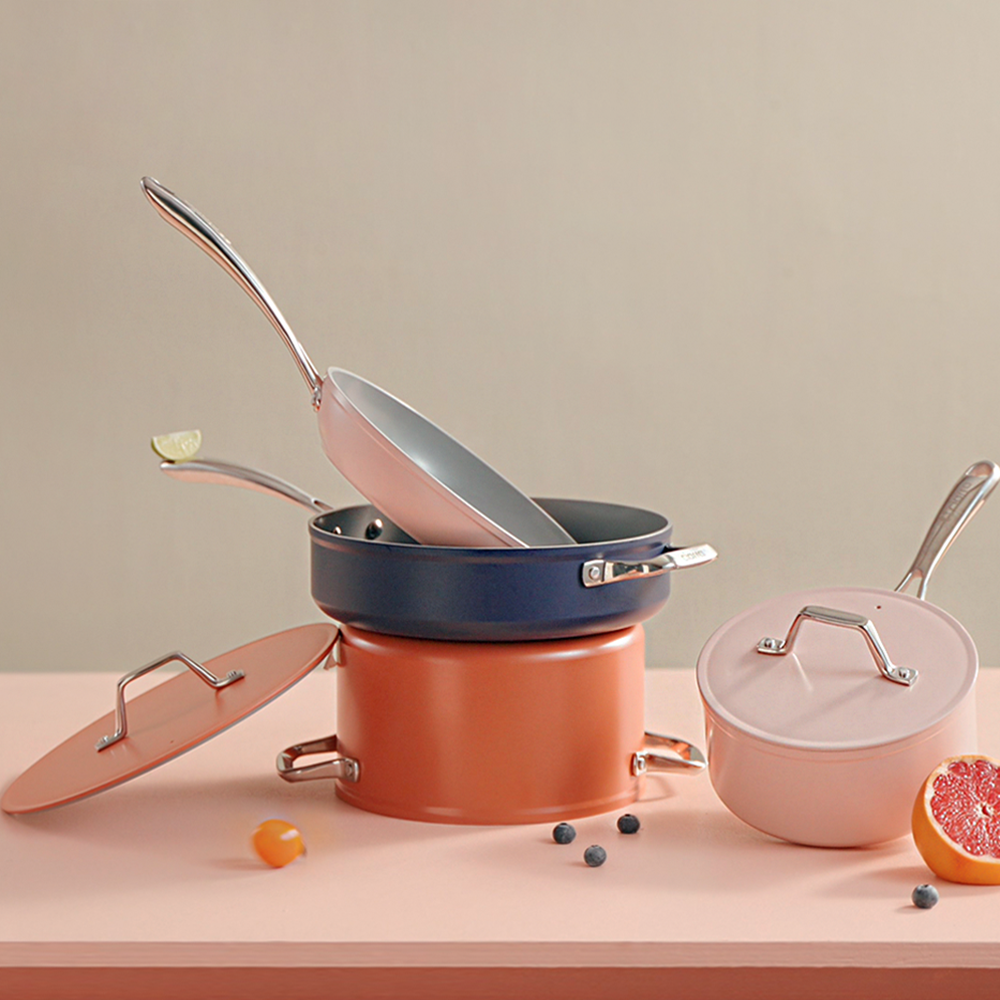
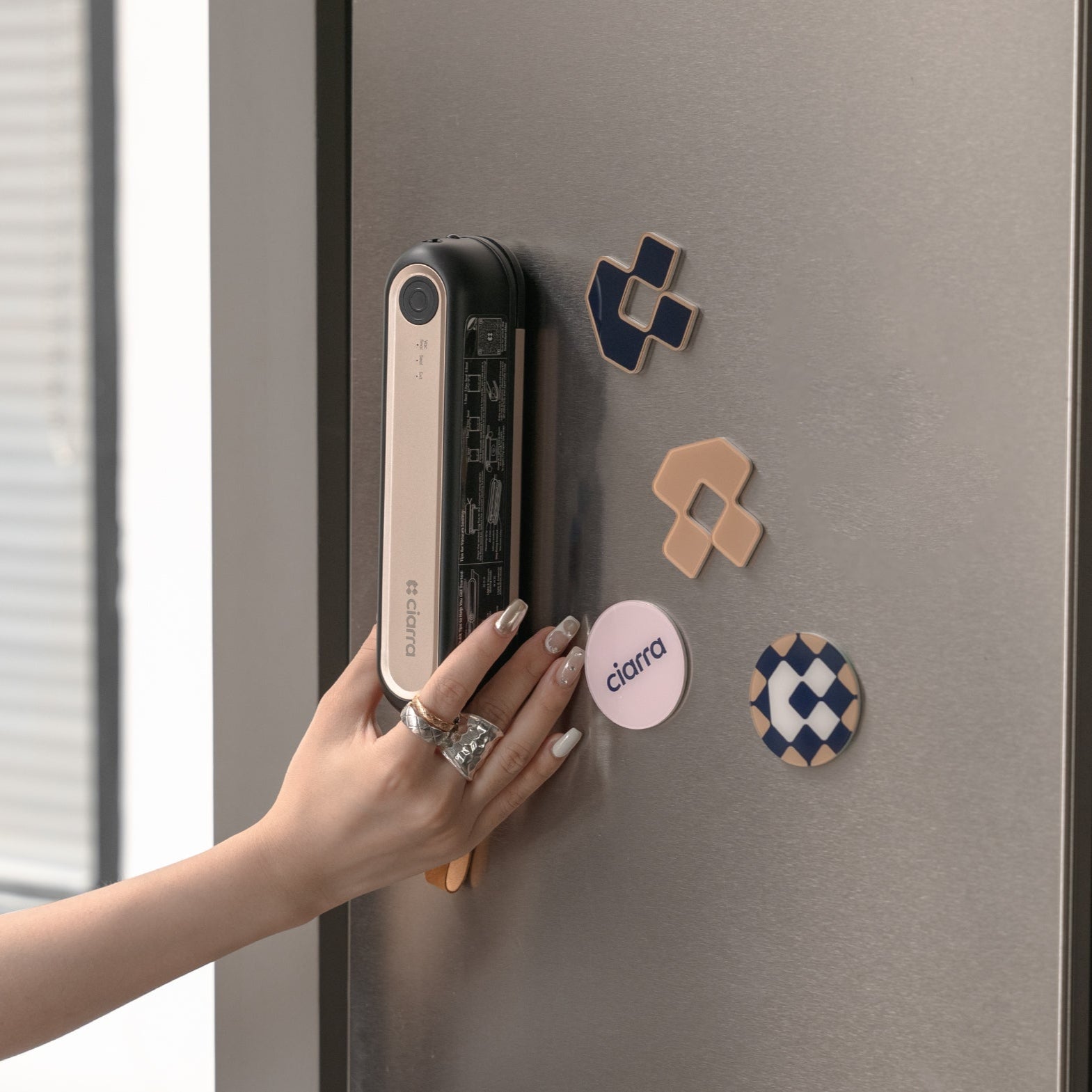
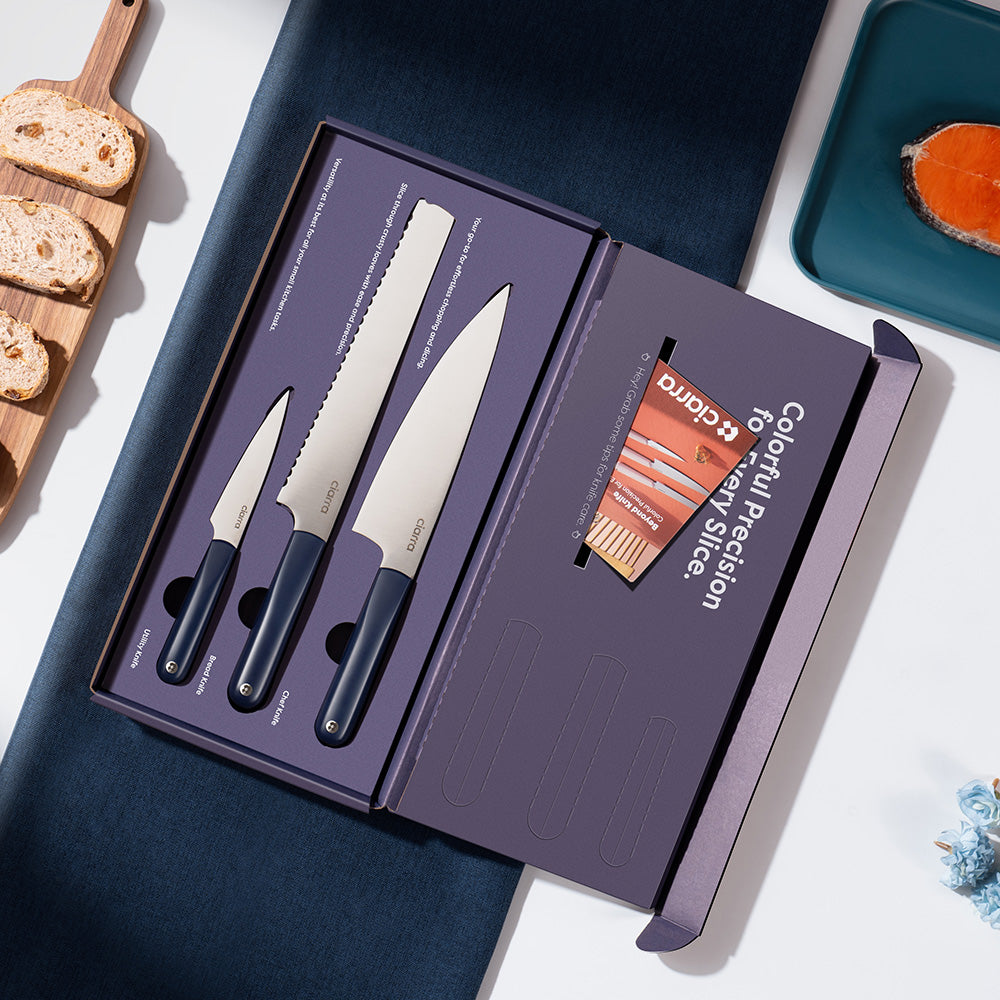

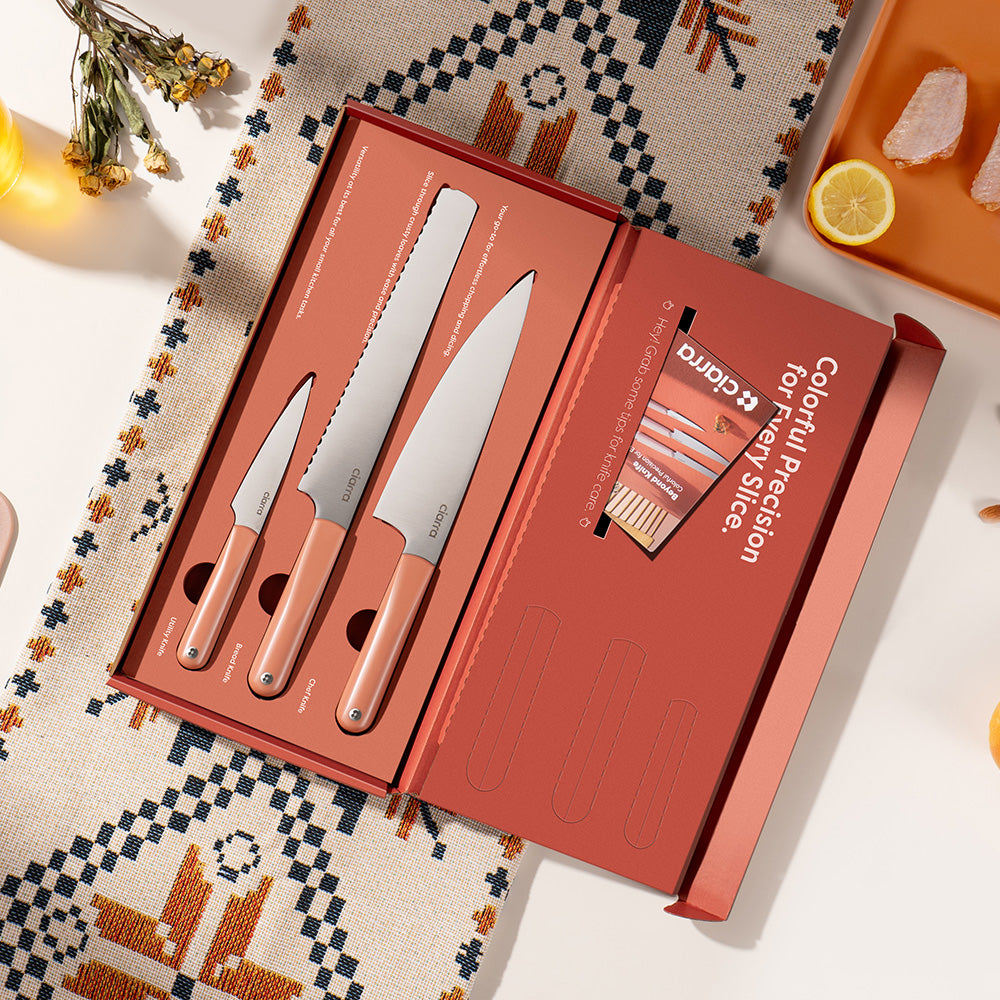
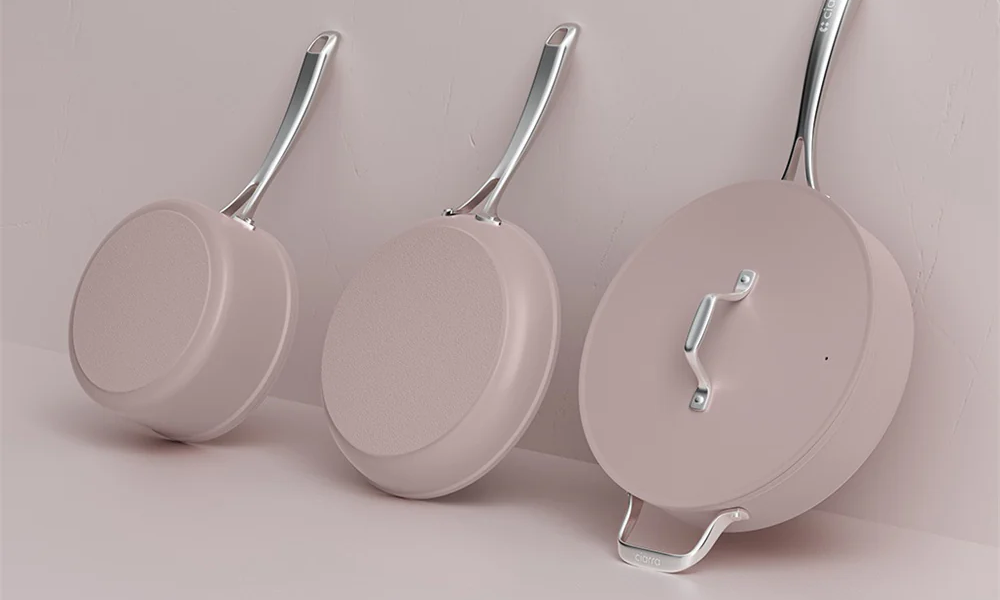
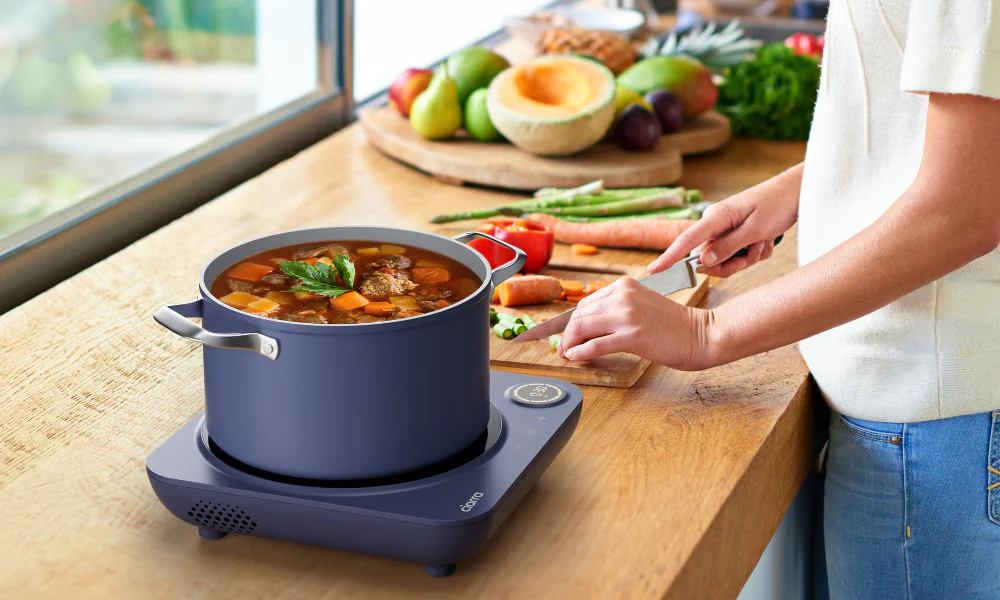
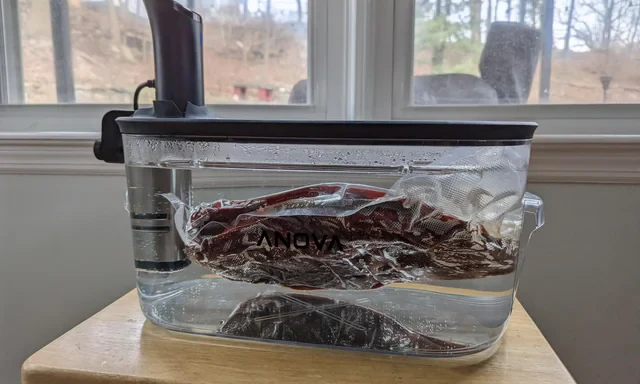
Leave a comment
All comments are moderated before being published.
This site is protected by hCaptcha and the hCaptcha Privacy Policy and Terms of Service apply.